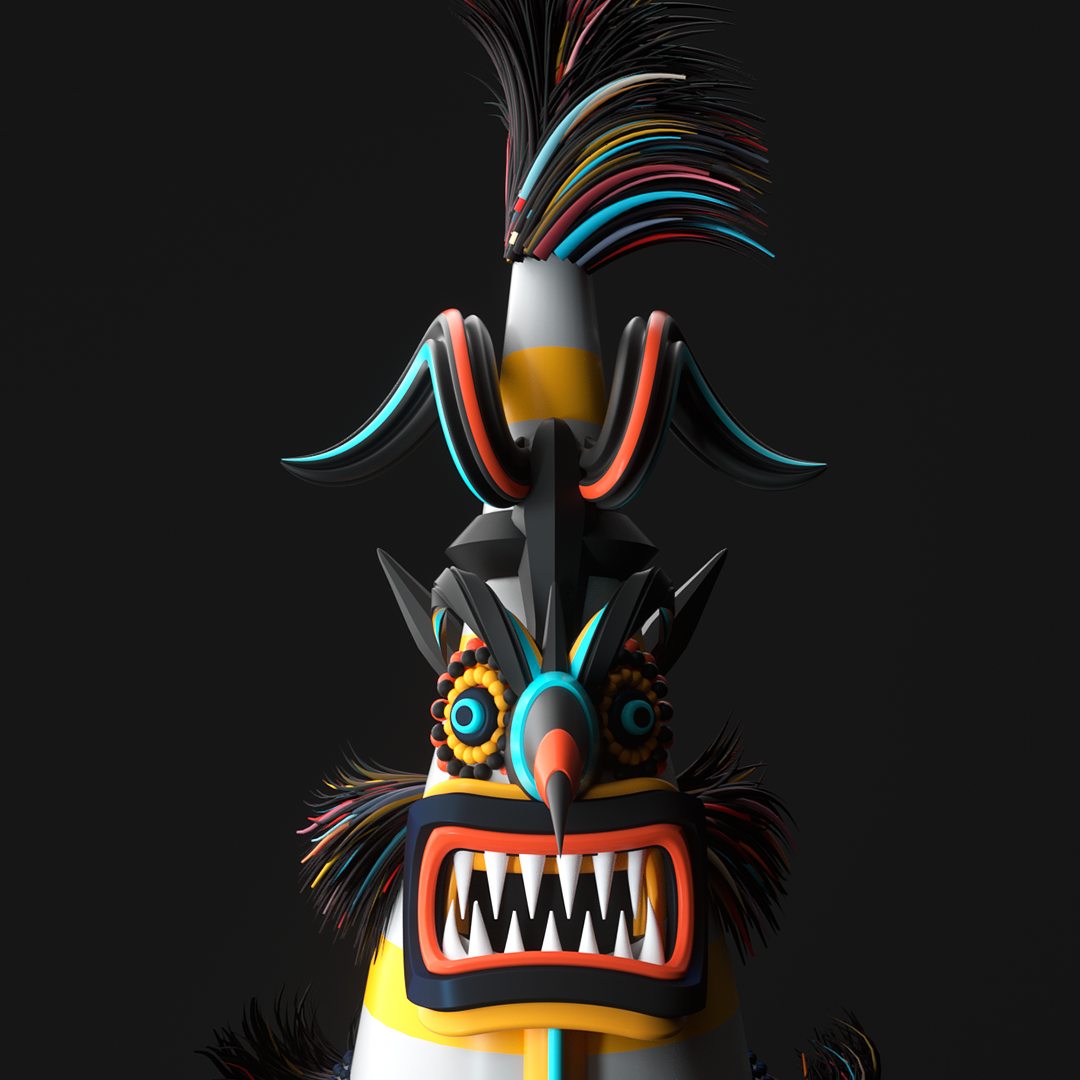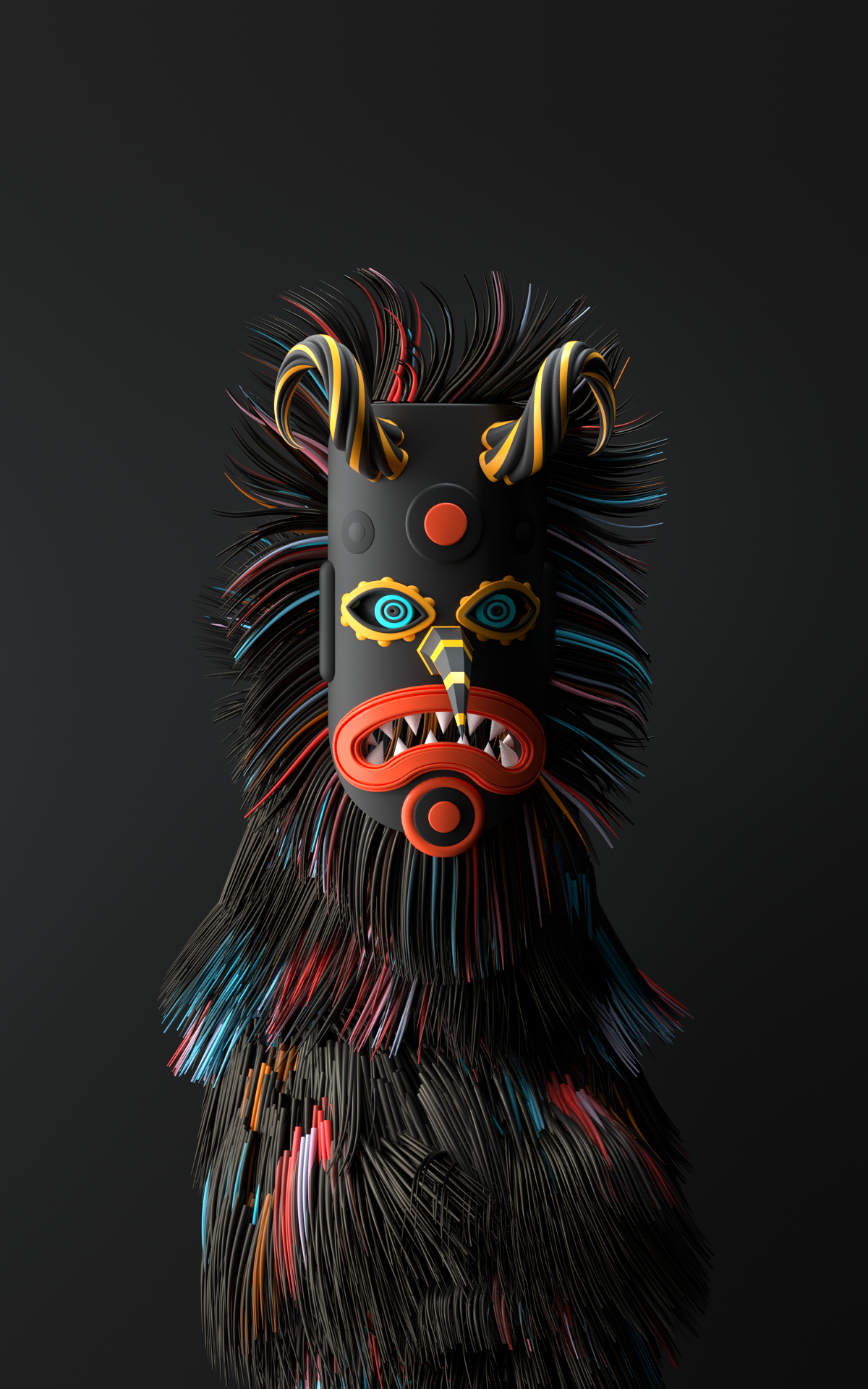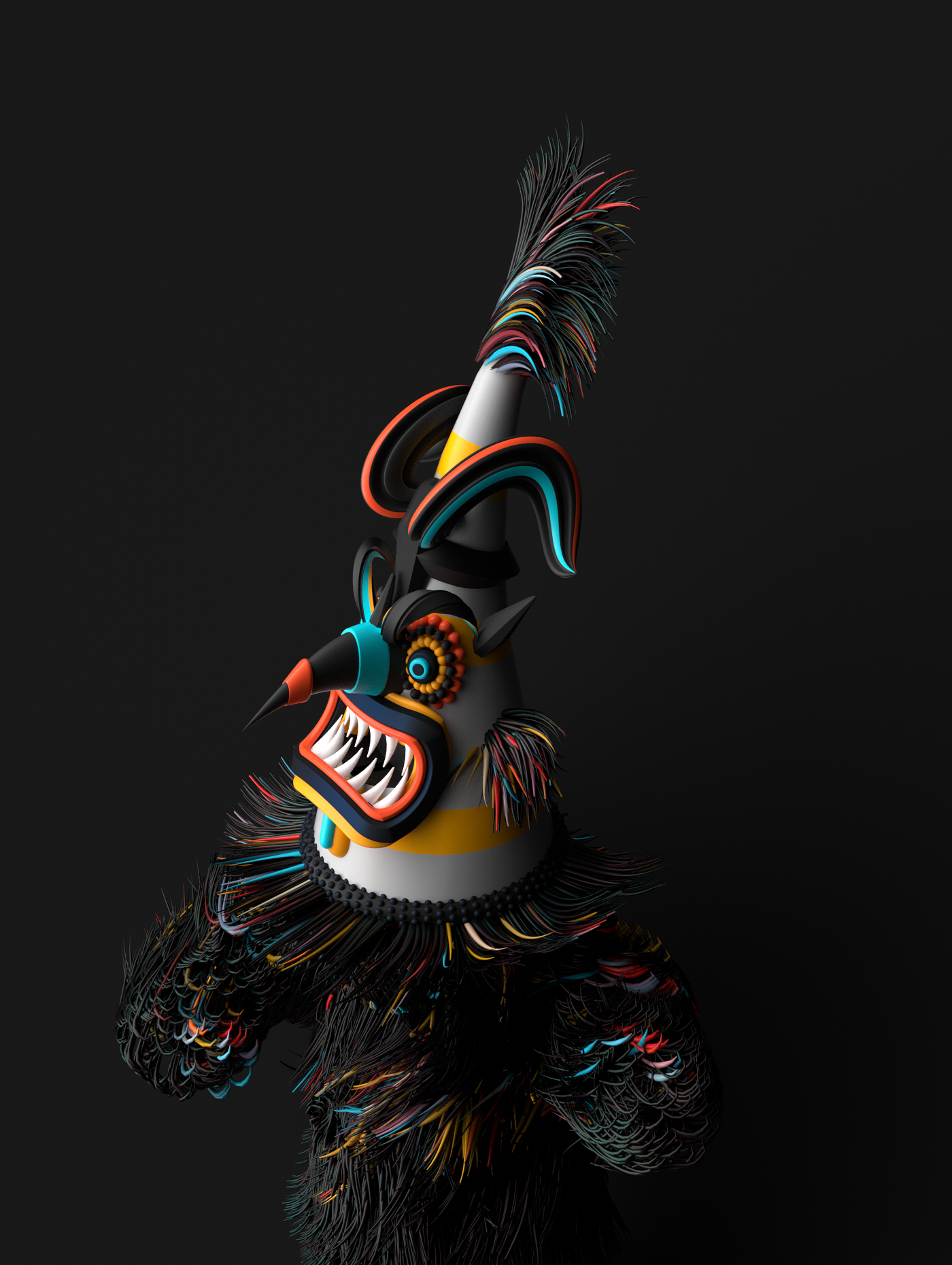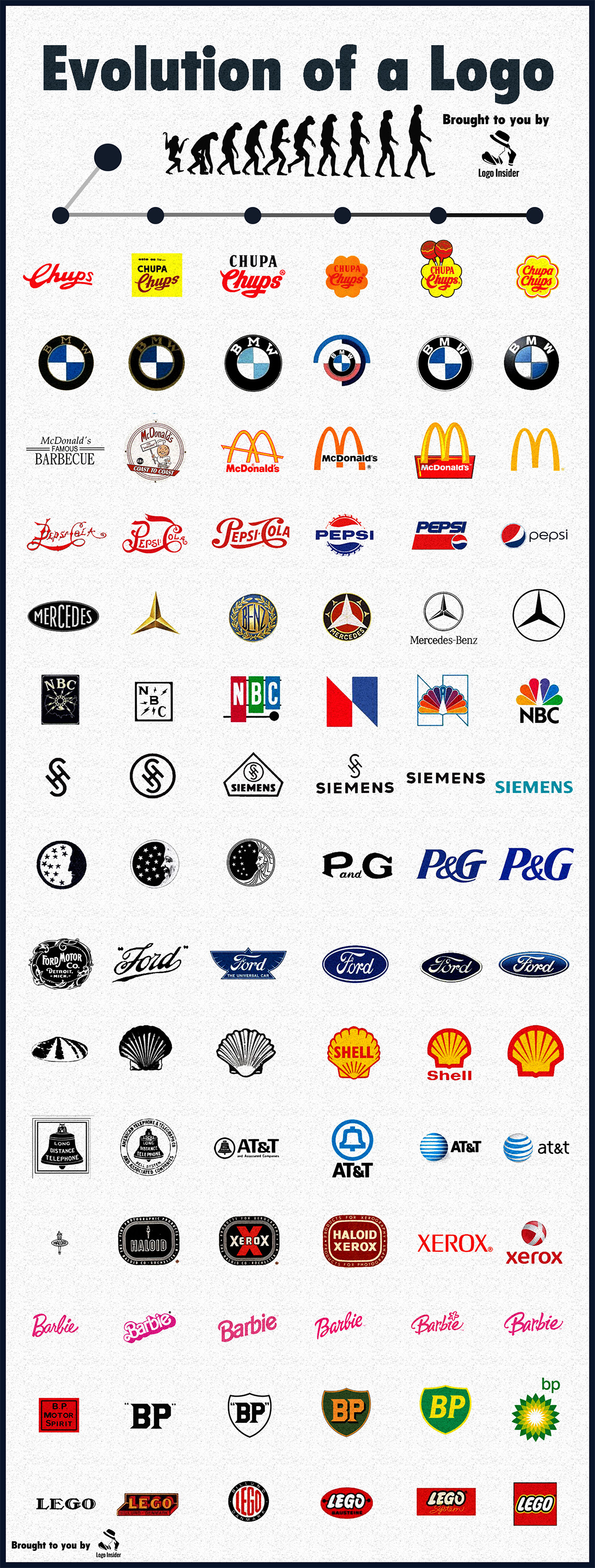The Kukeri masks of Bulgarian folklore are more than mere artifacts; they are symbolic gateways to the human psyche, ancient expressions of emotion and meaning encoded into the very fabric of tradition. Worn during rituals to ward off malevolent spirits, these masks embody archetypal energies—rage, sorrow, shock—that transcend their ceremonial utility and speak directly to the universal experience of being. The modern renders of these masks do more than preserve their aesthetic; they revitalize them, elevating their cultural significance by placing them within the context of contemporary art. In doing so, they serve as powerful reminders that the essence of tradition is not stagnation but transformation.
When you examine these masks closely, their exaggerated features and vibrant, chaotic designs speak to the rawness of human emotion, stripped of pretense and laid bare for interpretation. These are not just objects of decoration or simple artistic exercises; they are embodiments of complex emotional realities that we often struggle to articulate. Each mask represents a psychological archetype, demanding engagement from the viewer—asking us to confront the anger we suppress, the sadness we avoid, and the awe we experience when the unknown bursts into our ordered world. These are not just masks; they are maps of the human condition, and in their vivid renderings, they reveal truths that are simultaneously ancient and startlingly modern.










